It’s National Hedgerow Week and this year we are celebrating hedgerows as homes for wildlife. From bats in the tree canopy, to song thrushes in the scrub layer and hedgehogs at the hedge base, a multitude of species call the hedgerow network home. In fact, one study counted 2070 species in one 85m stretch of hedgerow! This figure alone should be enough to encourage us all to pick up spades and start planting a hedge in the next suitable space. BUT, this is not just a matter of planting trees with tree guards and letting them grow without management for the next 30 years. Instead, a newly planted hedge needs nurturing and careful management in its early years and beyond.
Tree planting
When it comes to the actual planting of the individual hedge trees, The Tree Council has produced a handy guide; answering questions on whether to use a ‘pit planting’ or ‘notch planting’ approach, or how to control weeds to prevent competition with the new hedge. This Natural England guide also outlines some of the key FAQs of hedgerow planting.
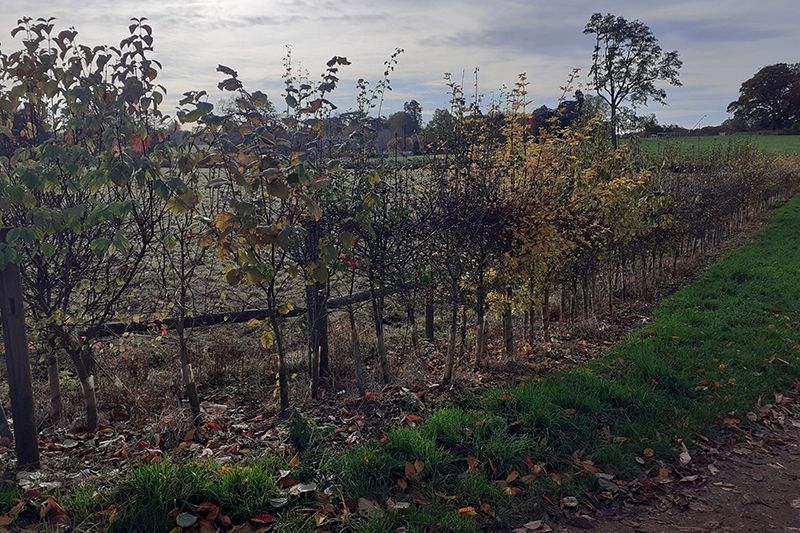
Choosing tree species
Choice of species in a newly planted hedge is a key consideration. The best approach is to provide as great a diversity of plant species in both the shrub and tree layers as possible. This way, the food and nesting requirements of more wildlife are likely to be met. Blackthorn and ivy provide nectar and pollen to insects in the early spring and late autumn respectively. Hawthorn and bramble flowers are enjoyed by dormice and honeysuckle bark is readily used as a nesting material. Rowan berries, blackberries, hazelnuts, beechmast and holly berries are eaten by mammals and birds in the lead up to the winter months.
Tree choice should also be reflective of location. Holly, beech and hazel all grow well in shade. These species could be positioned in the shrub layer next to an isolated hedgerow tree whose canopy is likely to shade the ground beneath. In an arable context, shorter tree species such as hawthorn, holly and crab apple are best selected for use as isolated hedgerow trees in hedges that stretch from East to West. This is more likely to avoid crop shading when compared to taller hedge trees with dense canopies like oak or beech. On the other hand, the taller tree species in North to South stretching hedges can provide good wind protection. In the hot summer months they will provide valuable shade for livestock as well.
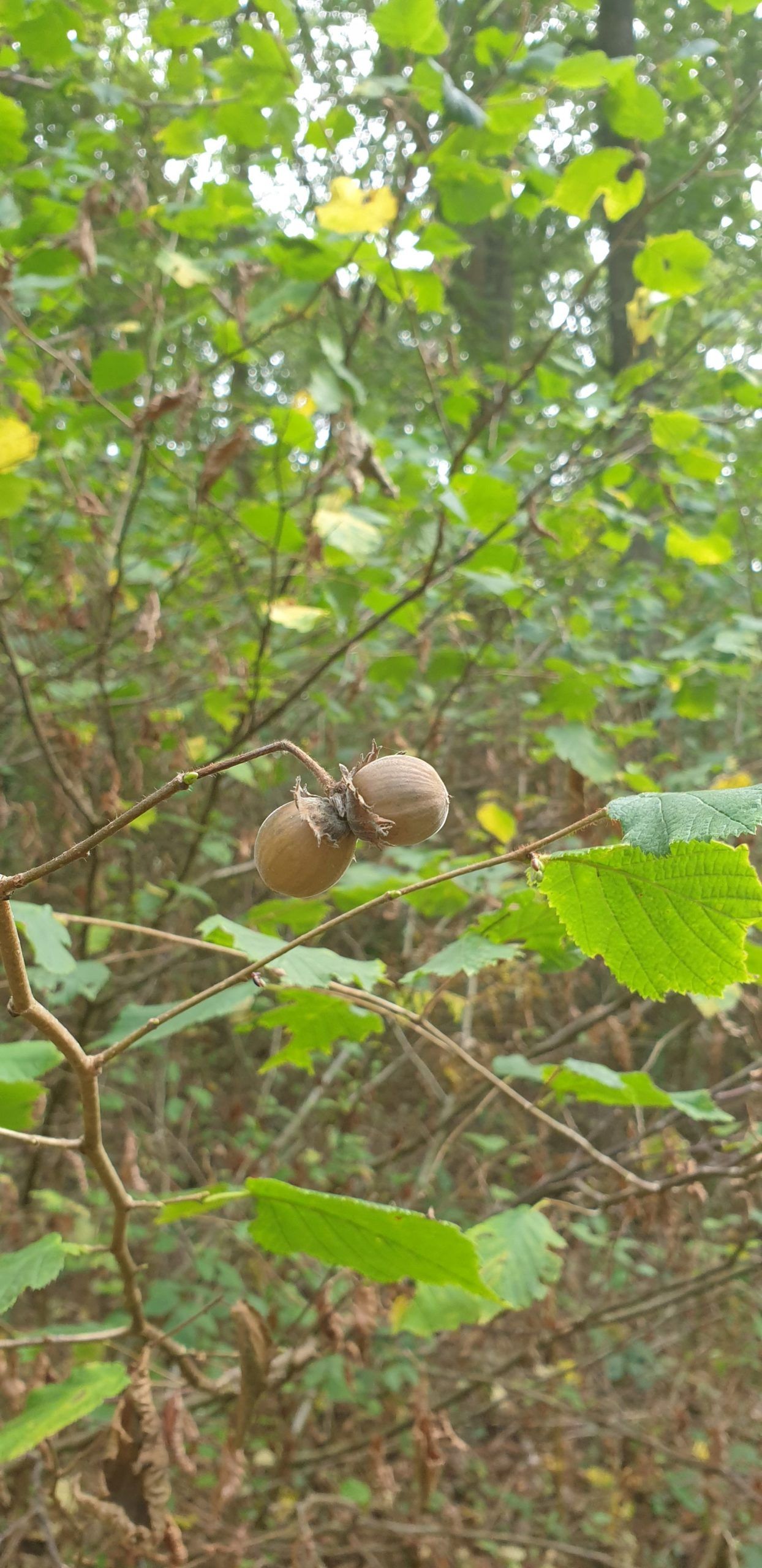
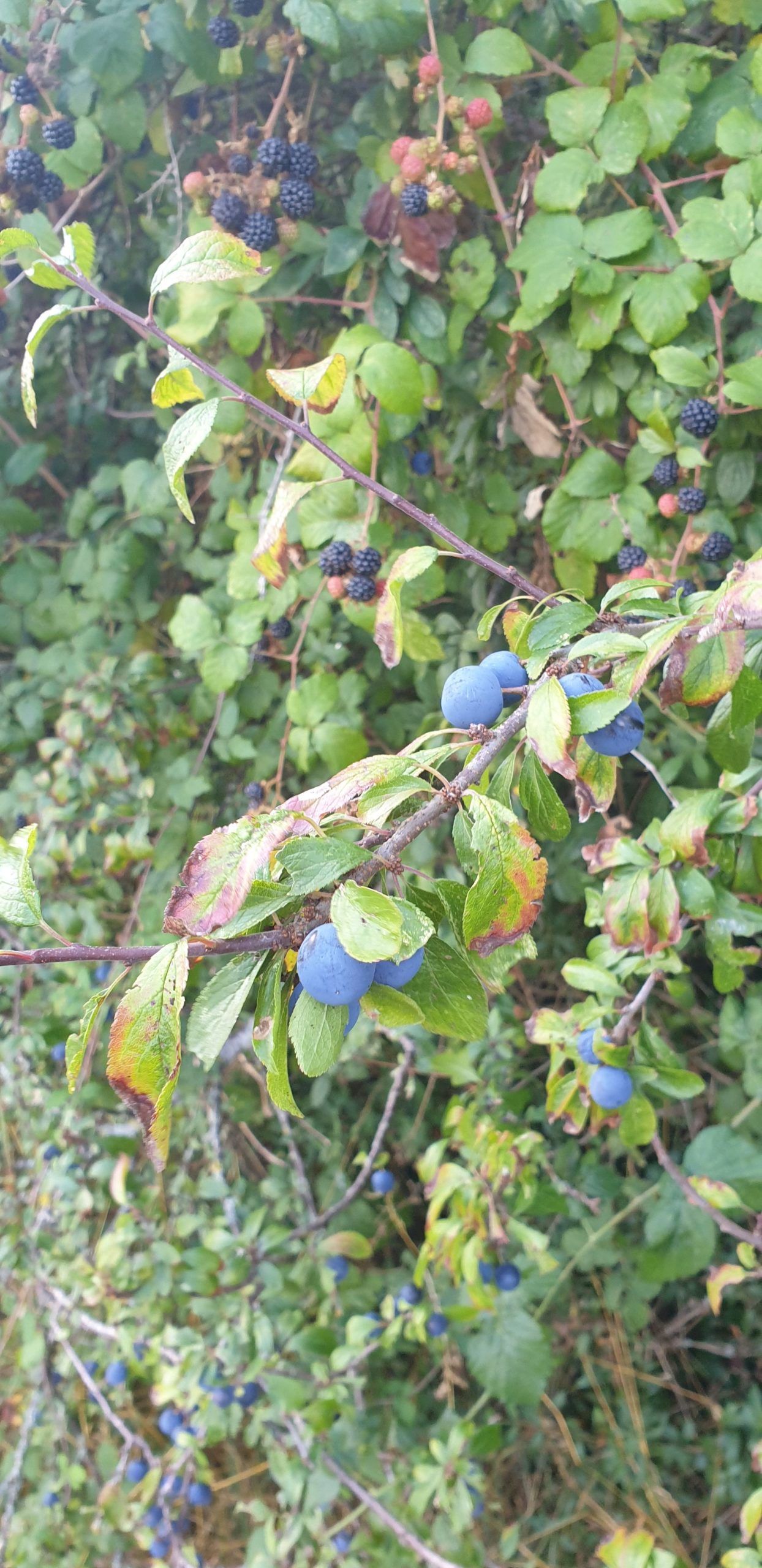
Management of a young hedge
When it comes to the management of a newly planted hedge, light trimming on a yearly basis encourages vigorous growth. Regular light trimming recreates the light browsing of large herbivores that roamed the land many thousands of years ago. The effect of trimming or browsing is to alter the hormonal balance in young plants, encouraging them to put more effort into the lateral branching growth. By then cutting a few centimetres higher than the previous trim line with each cut, the result is a lovely dense shrub structure that provides valuable shelter, nesting habitat and other resources for wildlife.
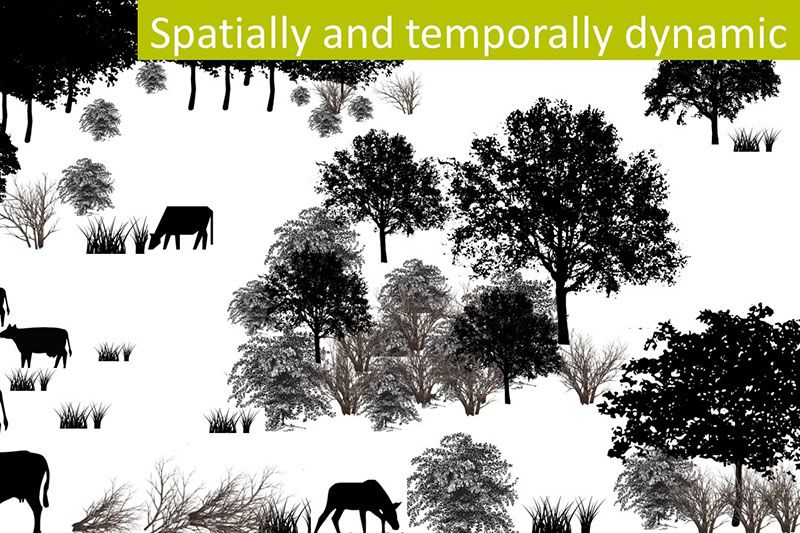
Tree guards: To use or not to use?
A slight caveat to this management approach is that if tree guards are used, they prevent the growth of dense vegetation at the base of a hedge. It is worth thinking about whether tree guards are needed at all. In areas where grazing and browsing pressure is low it could be more cost-effective to not use tree guards and accept that a few of the newly planted whips may be lost. The key advantage of this is that management to achieve dense vegetation down to the ground can start from year 1. If tree guards do need to be used, an alternative is to remove the guards and lay a broadleaf hedge after 7-10 years of growth. This also leads to lovely dense vegetation at the base.
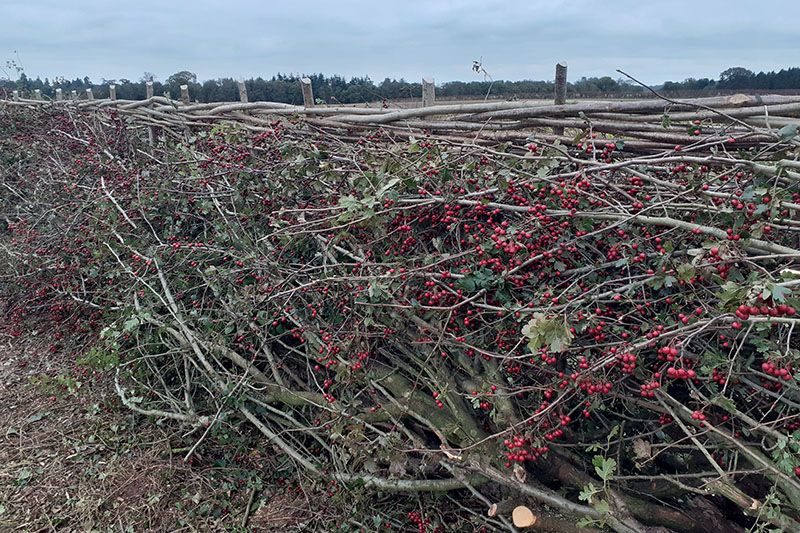
Hedges as homes for wildlife
The fast-approaching winter months are the best time of year to establish a new hedge or plant up gaps in an existing hedge line. By extending the length of the hedgerow network, we can together provide new nesting and hibernation habitat for the many species that call hedges home. Hedge planting also goes some way towards compensating for the loss of 50% of the hedge network since the 1950’s. Every little helps, whether planting a small section of urban hedge in a back garden, or re-establishing a hedge in the countryside where one existed many years ago. Regardless of where a new hedge is planted, it is essential to remember that it will need careful and ongoing management to provide the best wildlife habitat.
Can you help to plant a tree in hedgerow?
